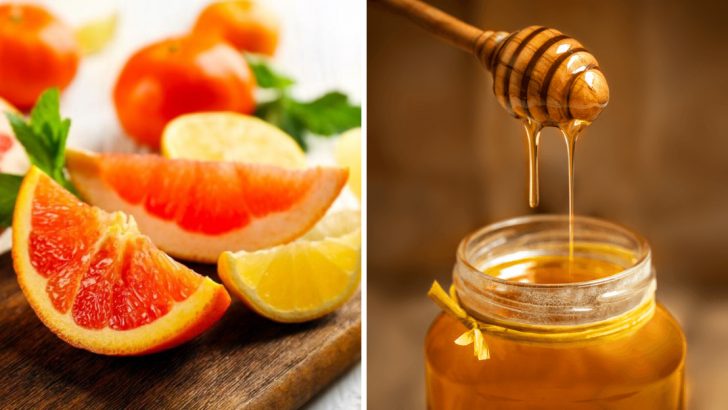When pollen fills the air and your sinuses scream for mercy, your kitchen might hold more relief than your medicine cabinet! Natural foods can pack a powerful punch against those frustrating allergy symptoms that leave you sneezing, itchy, and downright miserable.
Instead of solely relying on antihistamines, why not add some symptom-fighting superfoods to your plate? These delicious options work by reducing inflammation, boosting your immune system, and naturally fighting those pesky allergic reactions.
1. Honey

Forget what you’ve heard about spoonful of sugar – it’s a spoonful of honey that helps the allergies go down! Local honey contains tiny amounts of local pollen, essentially working like a delicious allergy shot that gradually builds your tolerance.
Raw, unfiltered varieties deliver the biggest benefits, especially when sourced within 50 miles of your home. The sweet stuff contains bee propolis, a natural compound with impressive anti-inflammatory properties.
2. Turmeric
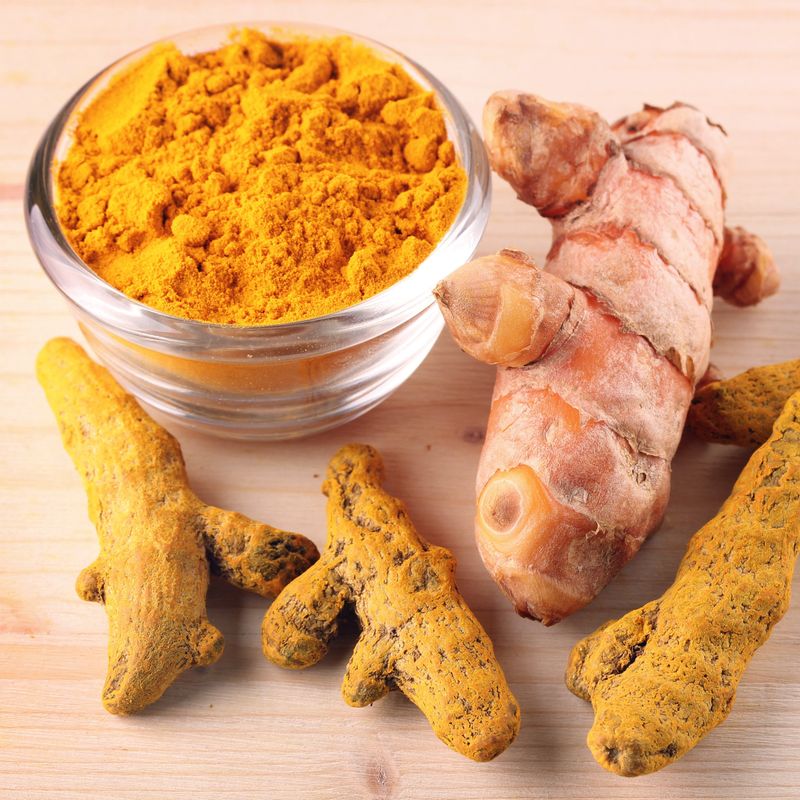
Holy yellow powder, Batman! This vibrant spice doesn’t just make curry delicious – it contains curcumin, a compound that fights inflammation like a superhero battles villains. Your stuffy nose and watery eyes don’t stand a chance.
Research shows turmeric blocks the release of histamine, the troublemaker behind your worst allergy symptoms. The catch? Curcumin needs a partner to be properly absorbed, so always pair it with black pepper.
3. Pineapple

Who knew this spiky tropical fruit was secretly fighting allergies while looking fabulous in fruit salads? Pineapple contains bromelain, an enzyme so powerful at reducing swelling and inflammation it’s sometimes sold as a supplement.
The juicy yellow chunks work wonders on respiratory inflammation, helping to clear mucus and reduce that awful congested feeling. Fresh pineapple delivers significantly more bromelain than canned versions, so grab a whole one and channel your inner tropical warrior.
4. Kiwi
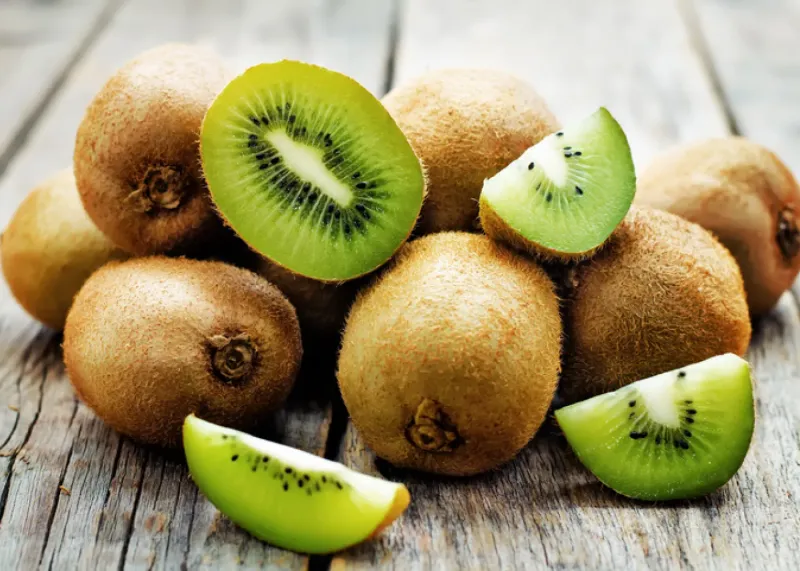
Beneath that fuzzy brown exterior lies an emerald powerhouse packed with more vitamin C than an orange! These little green gems contain enough of this immune-boosting vitamin to make your allergies shake in their boots.
Kiwis don’t stop at vitamin C though – they’re loaded with antioxidants, potassium, and fiber. The enzyme actinidin helps break down proteins, potentially reducing the impact of food allergies that might compound your seasonal suffering.
5. Ginger

Grandma was onto something with her ginger tea recommendations! This knobby root contains gingerols and shogaols – compounds that sound like sci-fi characters but actually work as natural antihistamines and decongestants.
Unlike pharmaceutical options, ginger fights inflammation without the drowsiness. It’s particularly effective at calming digestive symptoms that sometimes accompany allergic reactions. The spicy kick literally helps warm and open airways when you’re feeling congested.
6. Fatty Fish
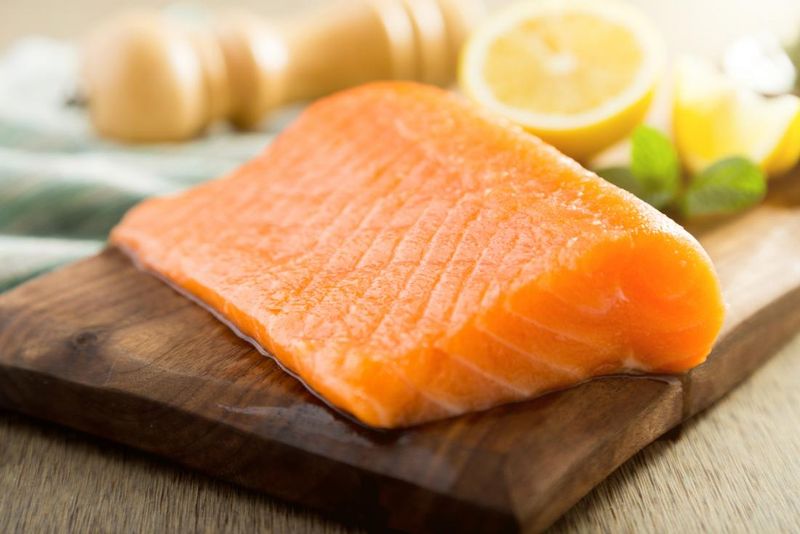
Salmon, mackerel, and sardines aren’t just delicious – they’re swimming with omega-3 fatty acids that tell inflammation to take a hike! These healthy fats help regulate your immune response, potentially reducing those overreactions to harmless pollen.
Research suggests people who eat fatty fish regularly experience fewer allergic symptoms than those who don’t. The EPA and DHA in these fish work by decreasing the production of substances that trigger allergy symptoms in the first place.
7. Onions And Garlic
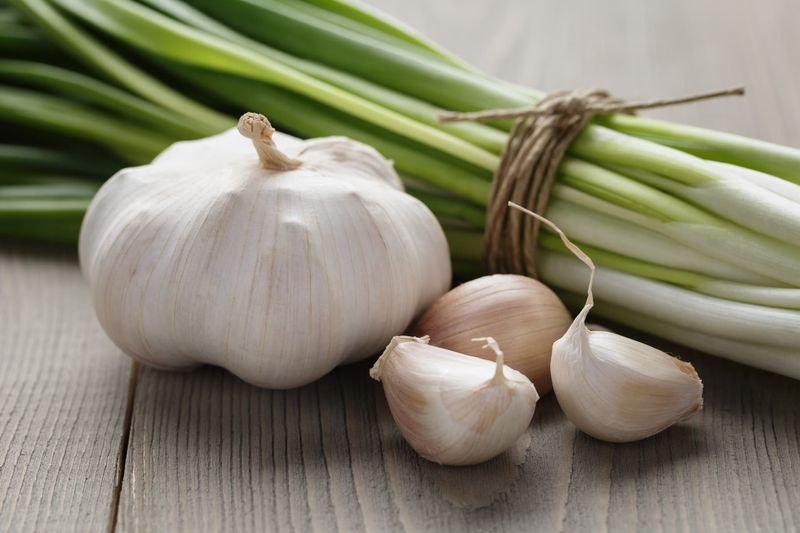
Bad breath might be a small price to pay for allergy relief! These pungent bulbs contain quercetin, a natural compound that stabilizes mast cells and prevents them from releasing histamine – essentially working like a natural Benadryl.
The sulfur compounds in these kitchen staples also thin mucus and reduce congestion. Raw versions pack the strongest punch against allergies, though cooked forms still offer benefits. Red onions contain the highest quercetin levels, making them the allergy-fighter champions.
8. Green Tea
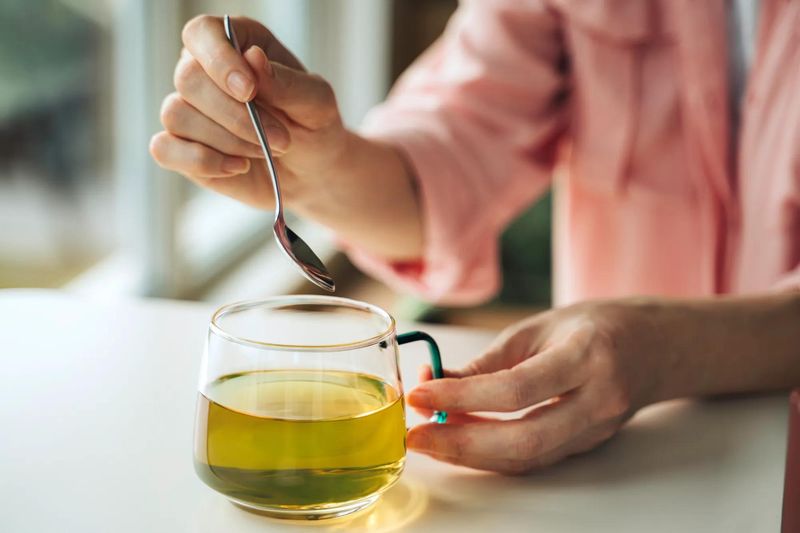
EGCG might sound like a rock band, but this powerful antioxidant in green tea blocks histamine and immunoglobulin E, making your body less reactive to allergens. One steaming cup delivers a double whammy of relief and relaxation!
Japanese researchers discovered people who drink green tea regularly have lower allergy markers in their blood. The L-theanine amino acid provides a calming effect that helps counteract the stress that often makes allergy symptoms worse.
9. Citrus Fruits

Oranges, lemons, and grapefruits don’t wear capes, but they should! These zesty fruits are bursting with vitamin C, which studies show can reduce histamine levels and strengthen your immune system’s appropriate responses.
The bioflavonoids in citrus peels work alongside vitamin C to calm inflammation and stabilize mast cells. They’re particularly effective at reducing respiratory symptoms like wheezing and shortness of breath that accompany some allergic reactions.
10. Butterbur
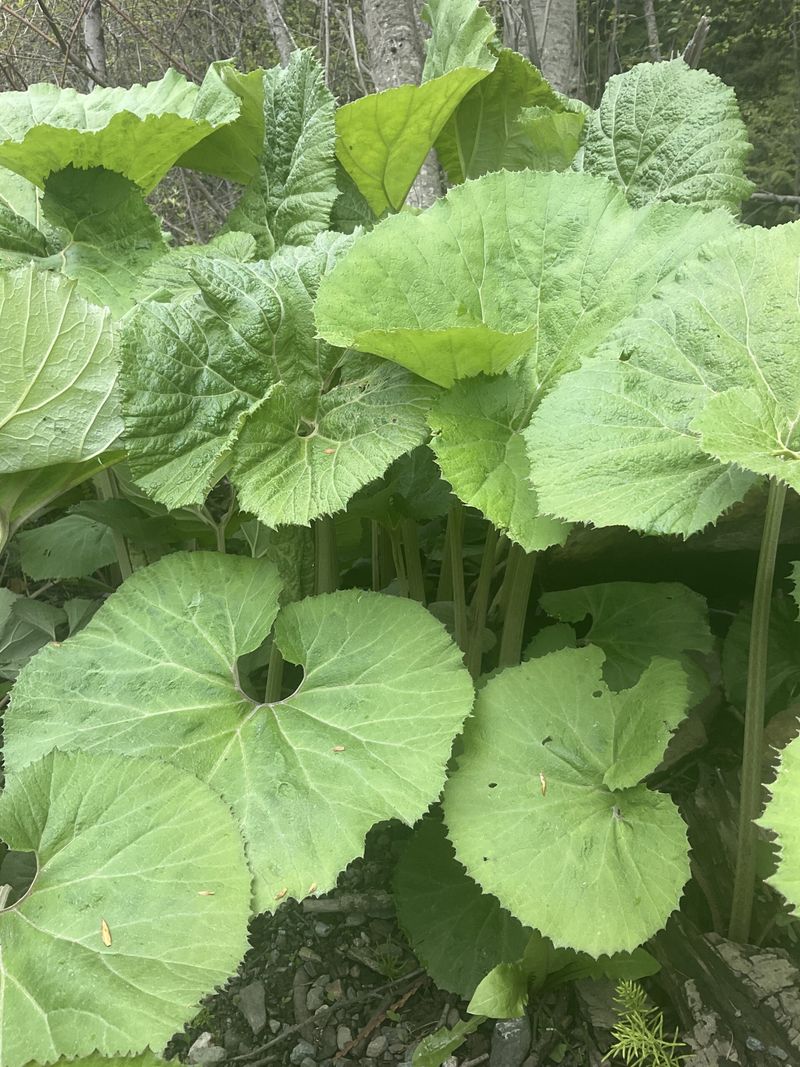
Move over, Claritin! This remarkable herb has gone head-to-head with pharmaceutical antihistamines in clinical studies – and performed just as effectively without the drowsiness. Butterbur extract contains petasins that block leukotrienes, inflammatory compounds involved in allergic reactions.
European doctors have prescribed butterbur for allergies for decades, particularly for hay fever symptoms. Research in the British Medical Journal showed it significantly reduced nasal symptoms and improved quality of life for allergy sufferers.
11. Nettle Leaf
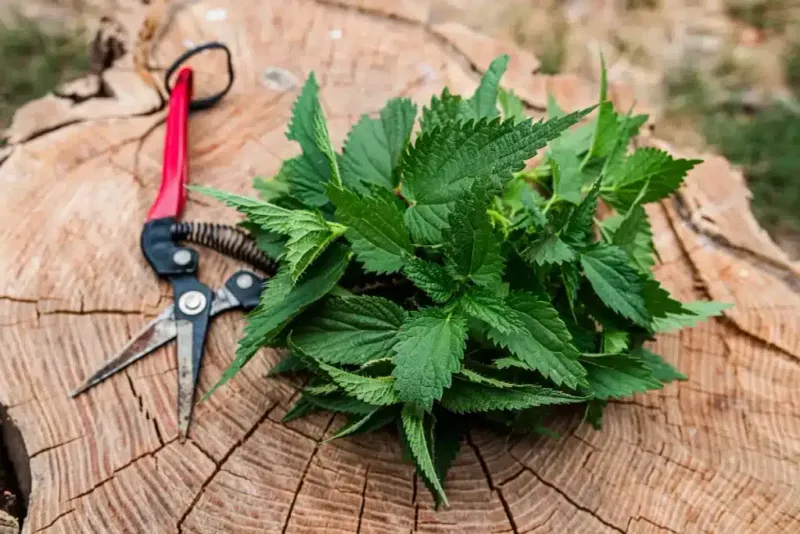
Ironically, the same plant that causes itchy welts on contact becomes a powerful ally against allergies when dried! Stinging nettle leaves contain compounds that reduce the amount of histamine your body produces when exposed to allergens.
Ancient healers weren’t just making this up – modern research confirms nettle extract can block histamine receptors and decrease inflammatory chemicals in the body. Many allergy sufferers report it works within minutes, especially for itchy eyes and sneezing.
12. Apples

An apple a day keeps the allergist away! These common fruits contain quercetin – the same compound found in onions but in a much more pleasant package. The highest concentration sits right in the skin, so don’t peel away the benefits.
Red apples typically contain more quercetin than green varieties. This powerful flavonoid stabilizes mast cells, preventing them from releasing histamine when they shouldn’t. Apples also pack a prebiotic punch, feeding beneficial gut bacteria that help regulate immune responses.
13. Yogurt
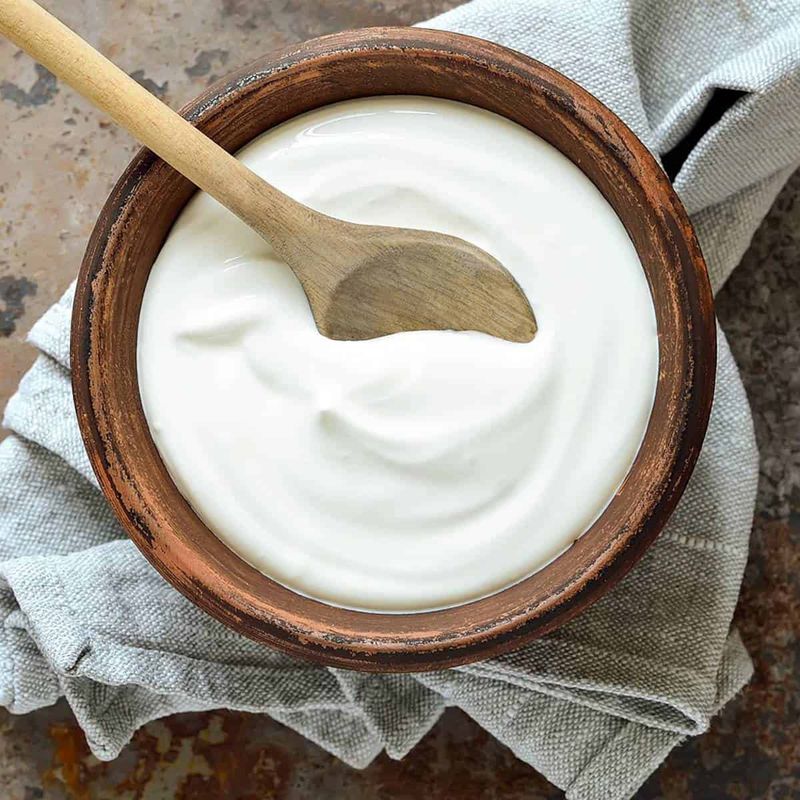
Your gut houses 70% of your immune system, so keeping those bacteria happy might be your secret weapon against seasonal sniffles! Studies show certain probiotic strains in yogurt can reduce allergy symptoms and improve quality of life during pollen season.
Look specifically for yogurts containing Lactobacillus acidophilus or Bifidobacterium lactis – these friendly bacteria help regulate immune responses and may decrease sensitivity to common allergens. The protein in yogurt also helps thin mucus, making it easier to expel from congested airways.
14. Tomatoes
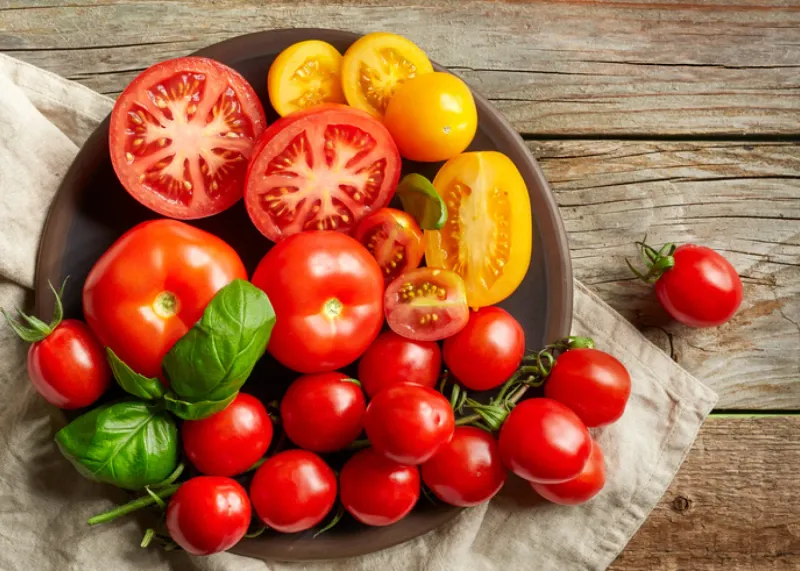
These juicy red fruits (yes, technically fruits!) contain lycopene, an antioxidant that reduces inflammation in the airways and helps protect lung tissue from allergic reactions. Studies show people with higher lycopene levels experience fewer asthma and allergy symptoms.
Cooked tomatoes actually provide more bioavailable lycopene than raw ones – the heating process breaks down cell walls, releasing more of this beneficial compound. Adding a bit of healthy fat, like olive oil, further increases absorption.
15. Peppers
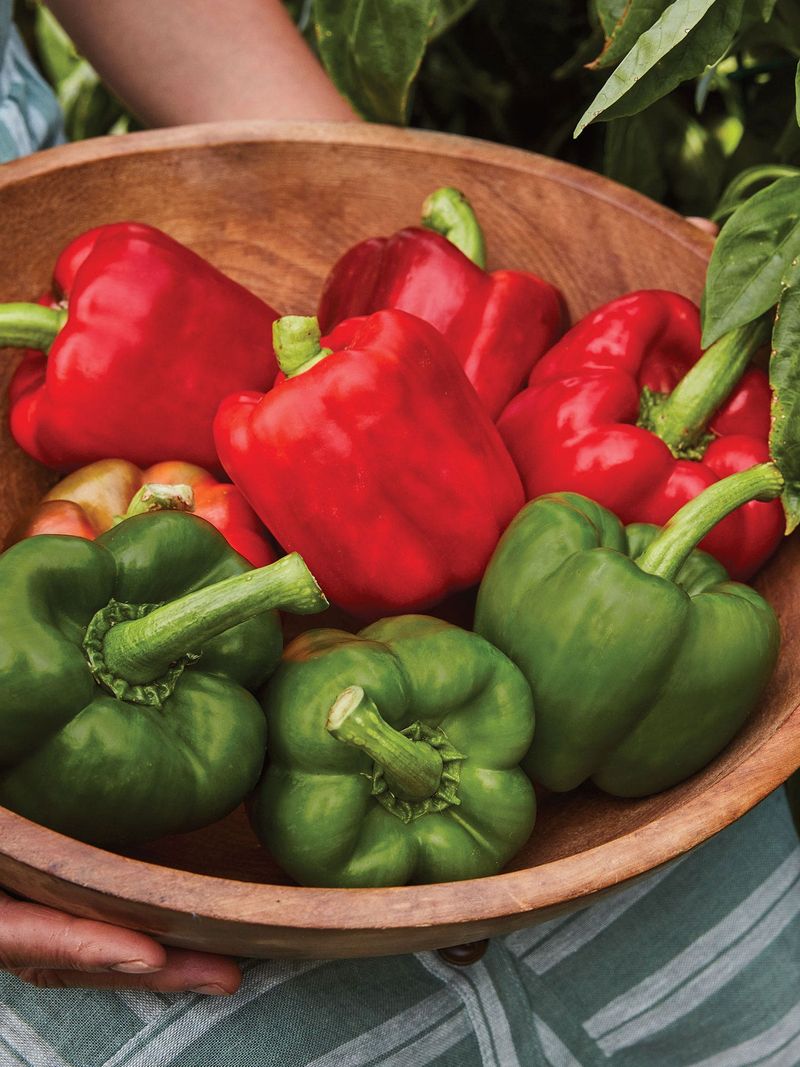
Bell peppers make oranges look like vitamin C slackers! A single red bell pepper contains nearly three times the vitamin C of an orange, creating a natural antihistamine effect that can significantly reduce allergy symptoms.
The colorful spectrum indicates different nutrient profiles – red peppers contain the most vitamin C and anti-inflammatory compounds, having ripened longest on the vine. They’re also packed with quercetin, that powerful plant compound that blocks histamine release.

